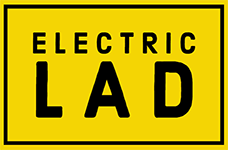Transformers are a type of machine learning model used in artificial intelligence and NLP.
However, their name suggests something far more exciting and formidable than just lines of code. Imagine, if you will, a world where the phrase “more than meets the eye” takes on a whole new meaning. Well that’s not what a transformer is in this case. Instead a transformer is a part of a machine learning algorithm.
Transformers take text and turn it into tokens and then create relations between those tokens in large multi-dimensional matrices called Tensors, and use these to generate answers to prompts.
But let’s take a closer look at how transformers work. They rely on a unique architecture that differs from other machine learning models. While traditional models rely on sequential processing, which can limit their ability to handle complex relationships between parts of a sentence or phrase, transformers can look at the entire context of a sentence at once. This means they can better understand the overall meaning of a piece of text and make more accurate predictions.
But what makes transformers truly remarkable is their ability to learn from large amounts of data, without human intervention. In fact, some of the most advanced transformers have been trained on massive amounts of text data, such as the entirety of Wikipedia or the full text of all books in the English language.
This ability to learn from data at scale has made transformers a key tool in a number of industries, from finance to healthcare. They’re used to build chatbots and virtual assistants that can understand natural language queries and provide personalized responses. They’re also used to analyze vast quantities of text data, such as social media posts or online reviews, to help companies better understand their customers and make data-driven decisions.
So while transformers may not be the giant robots from the sci-fi world we imagined, they’re just as powerful in the world of artificial intelligence. Their ability to understand and process natural language has the potential to revolutionize how we interact with technology, and pave the way for a more intelligent, connected future.
